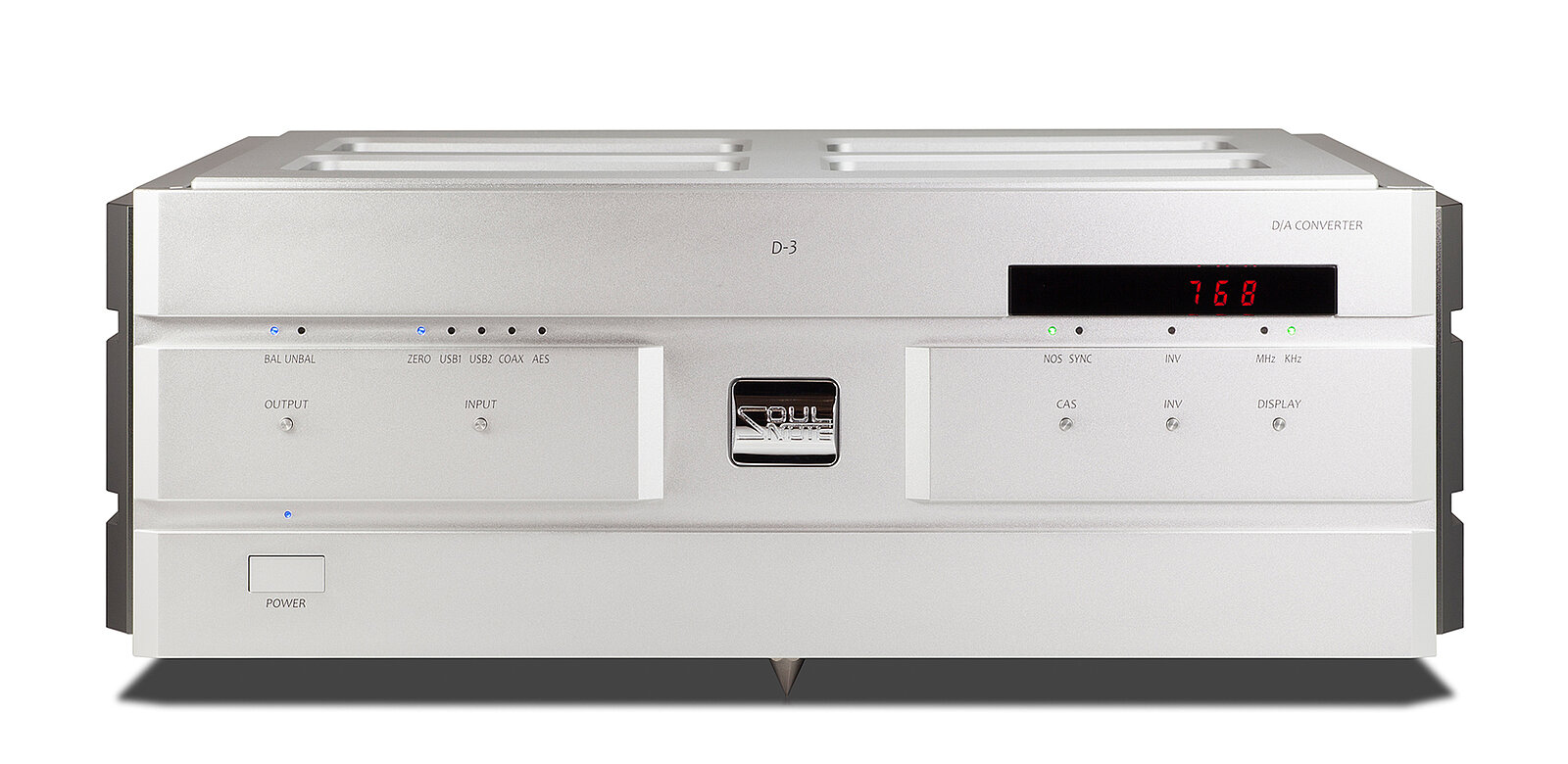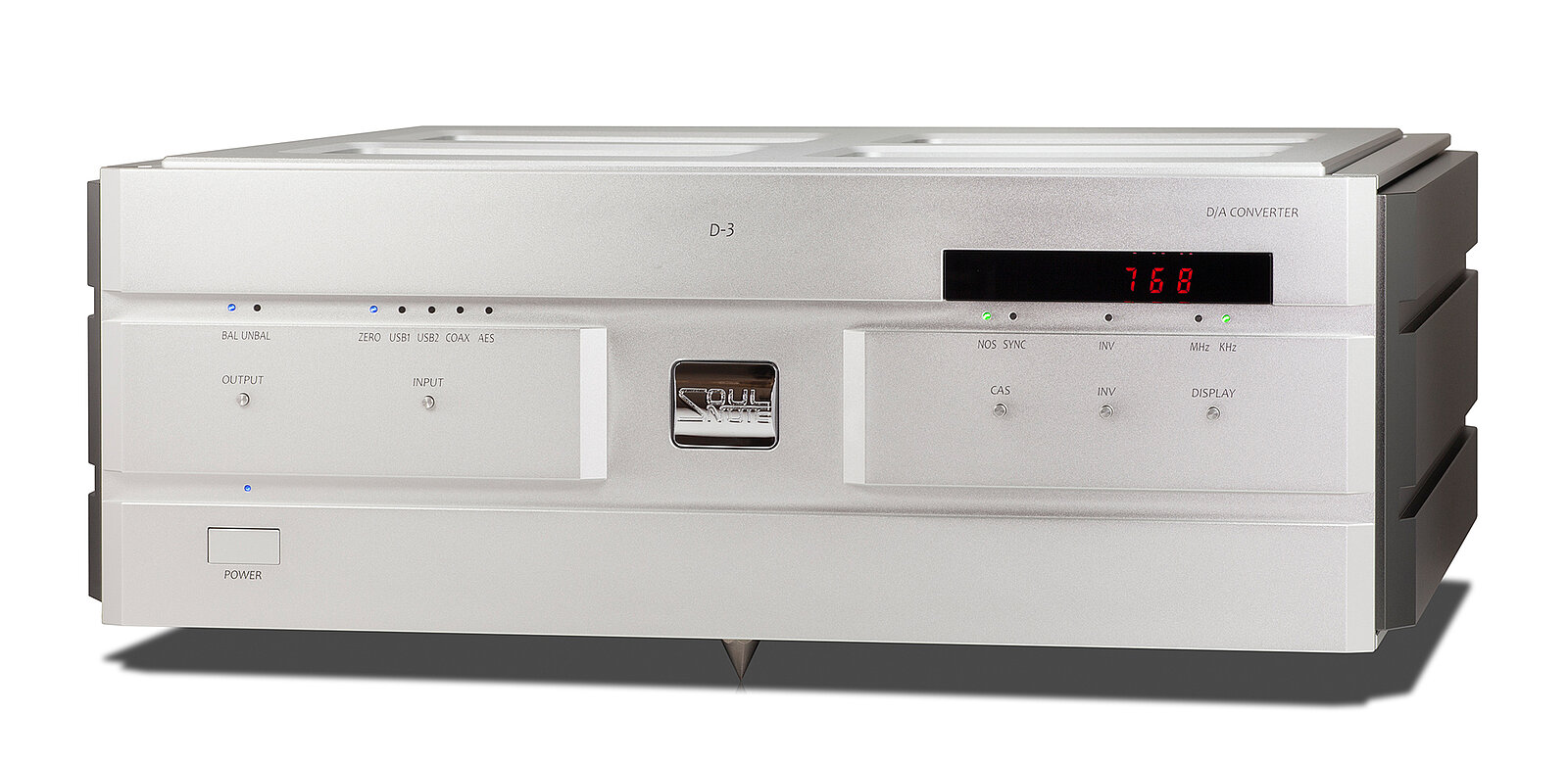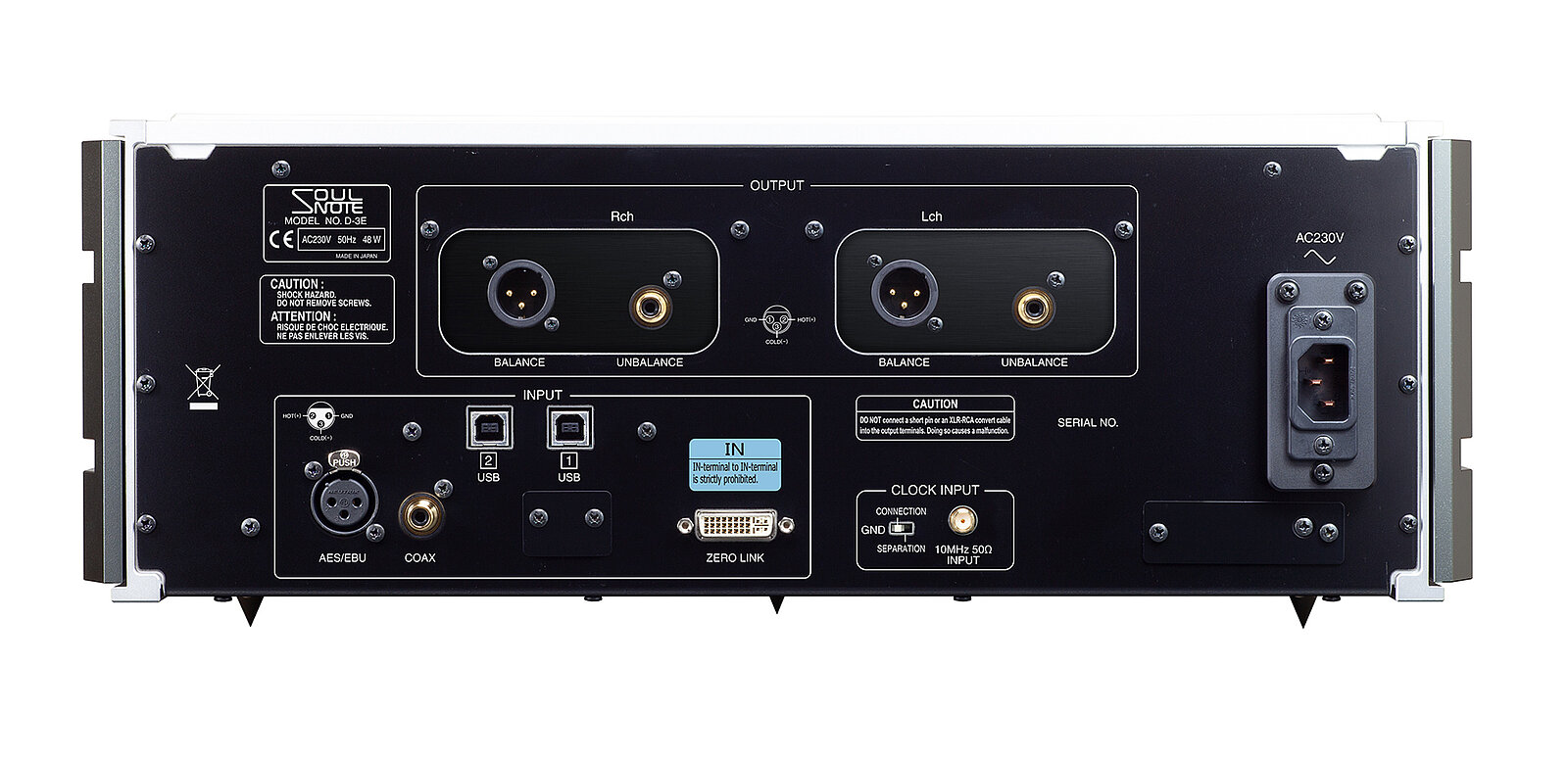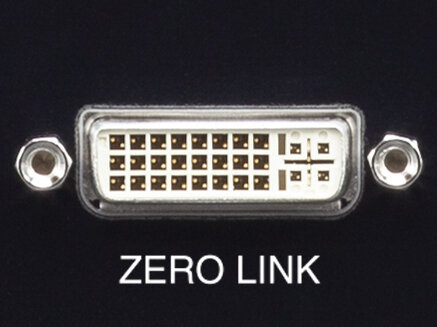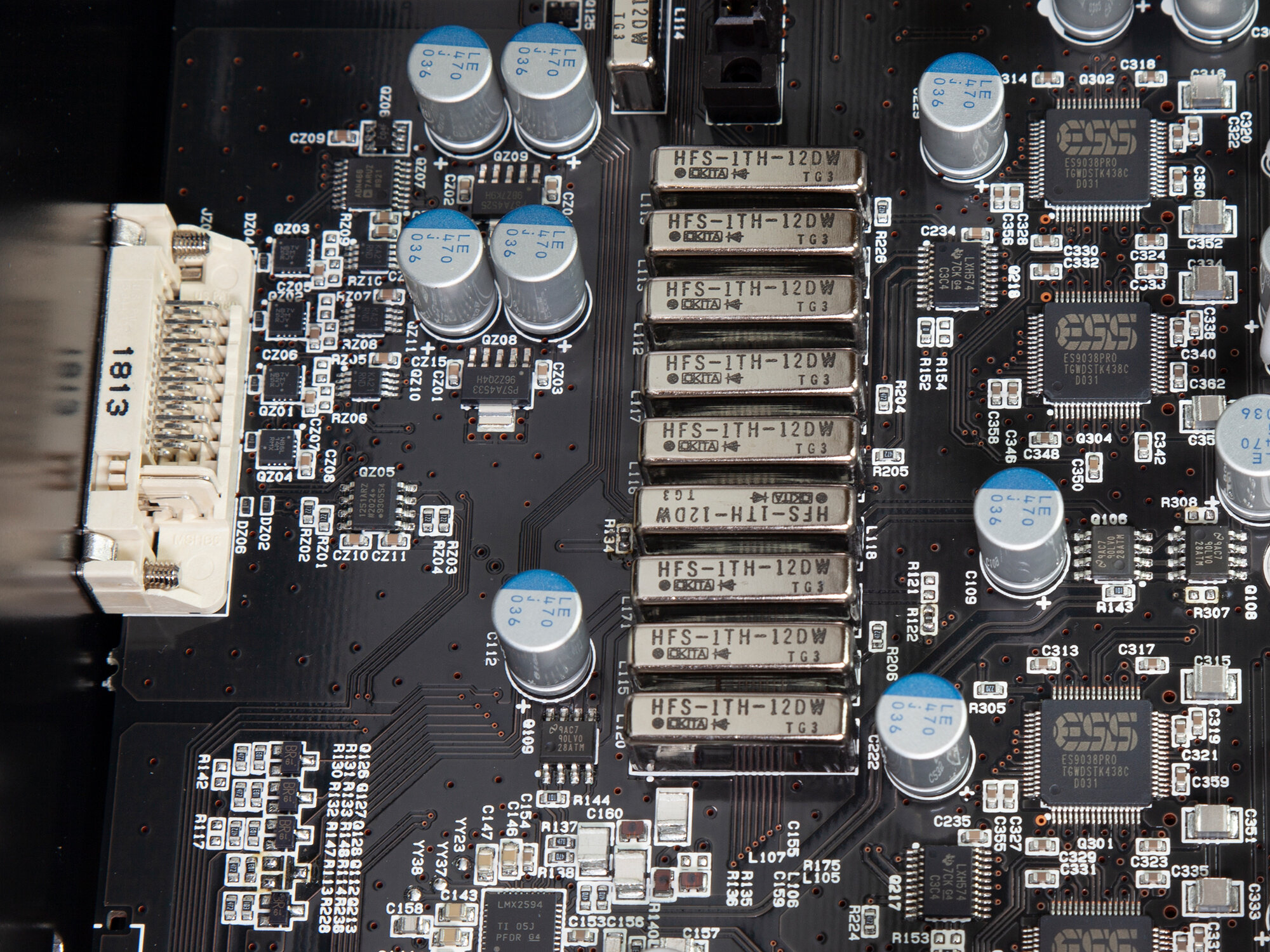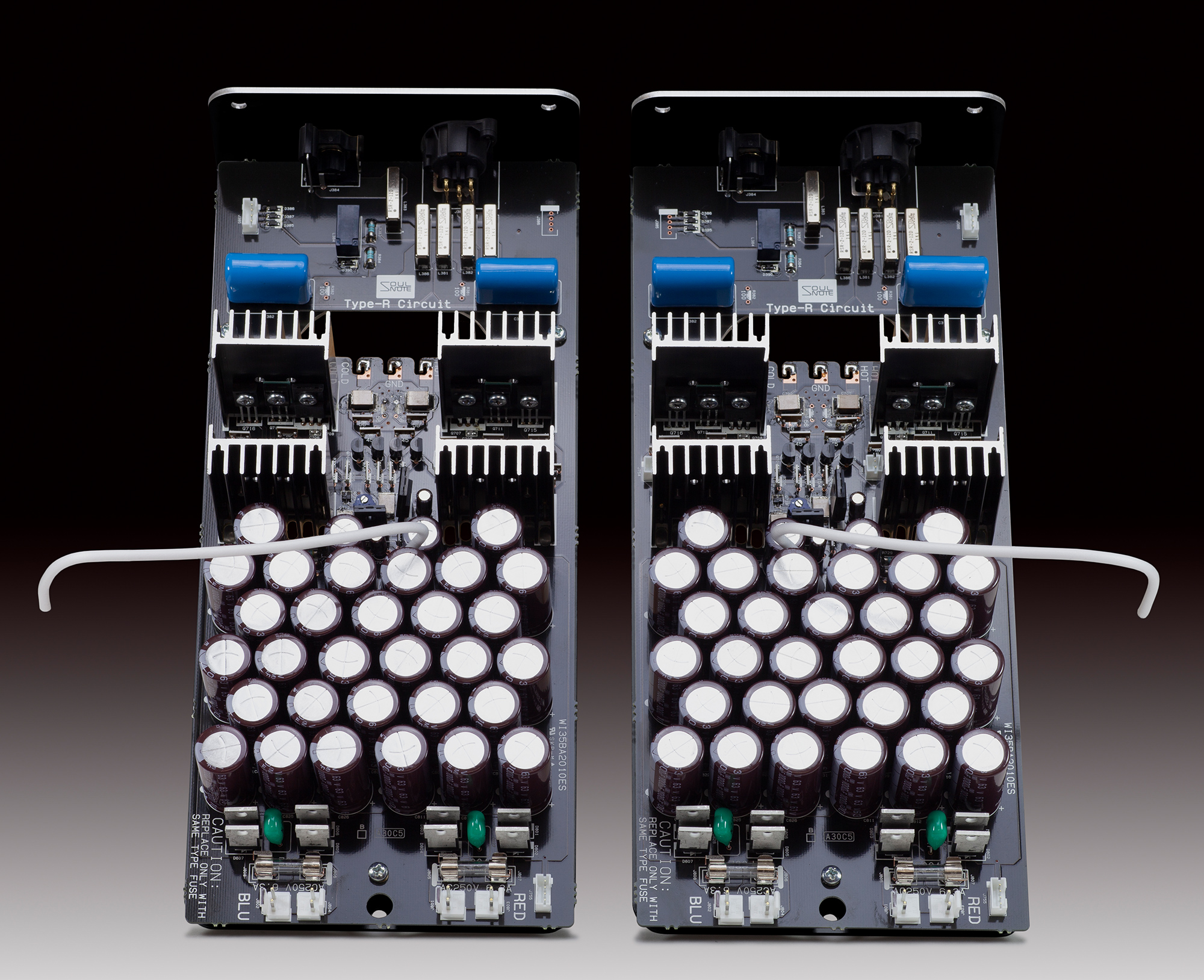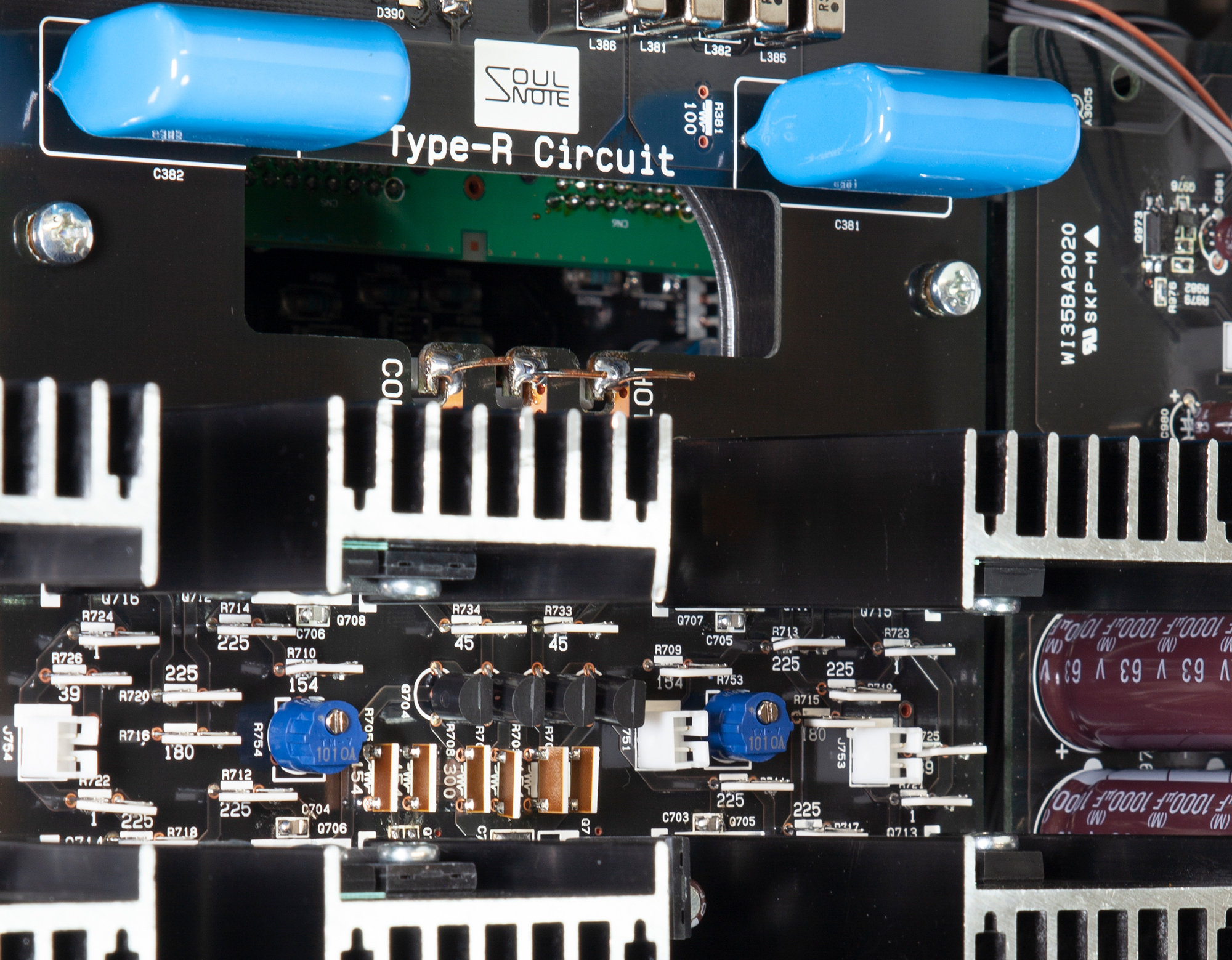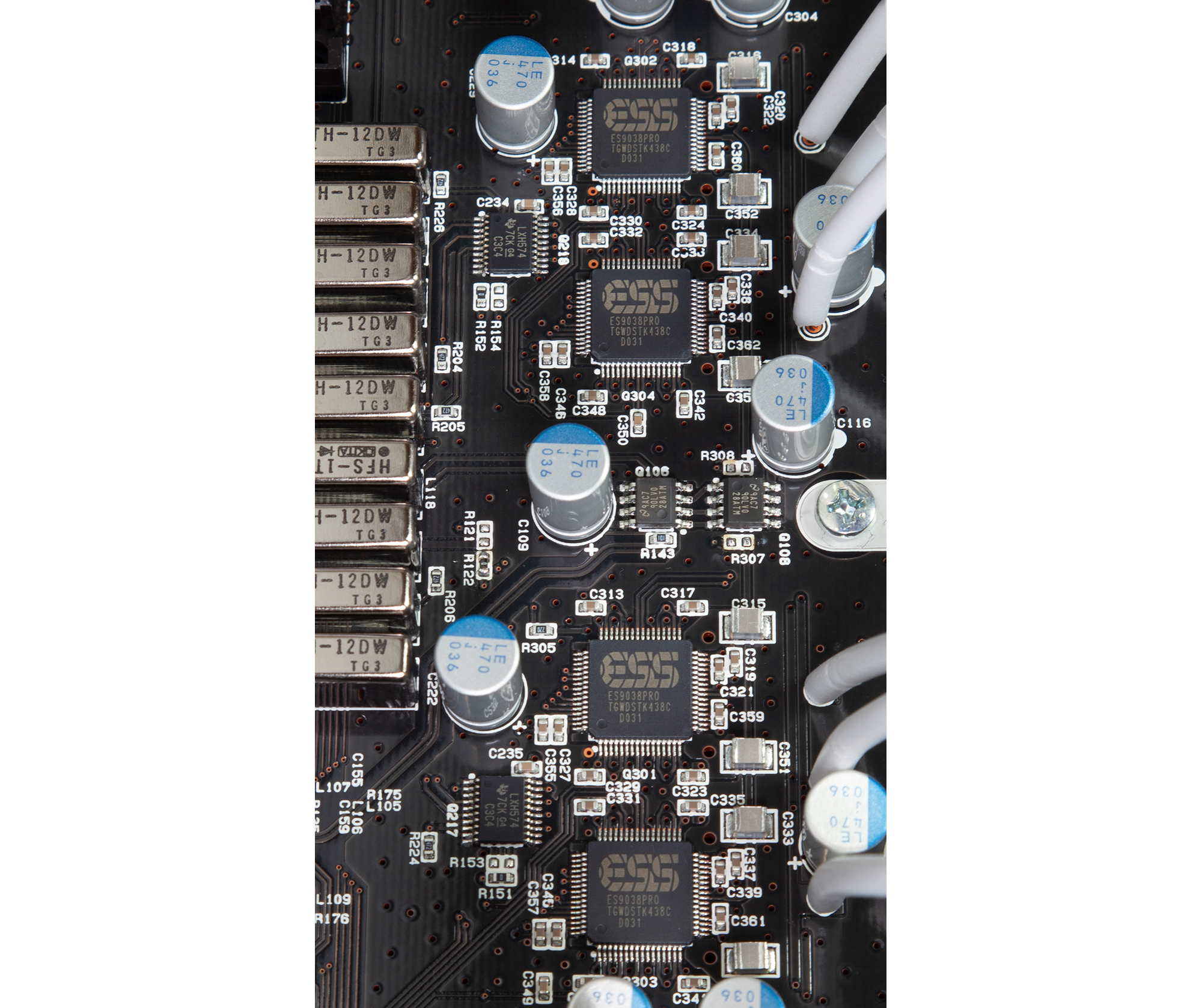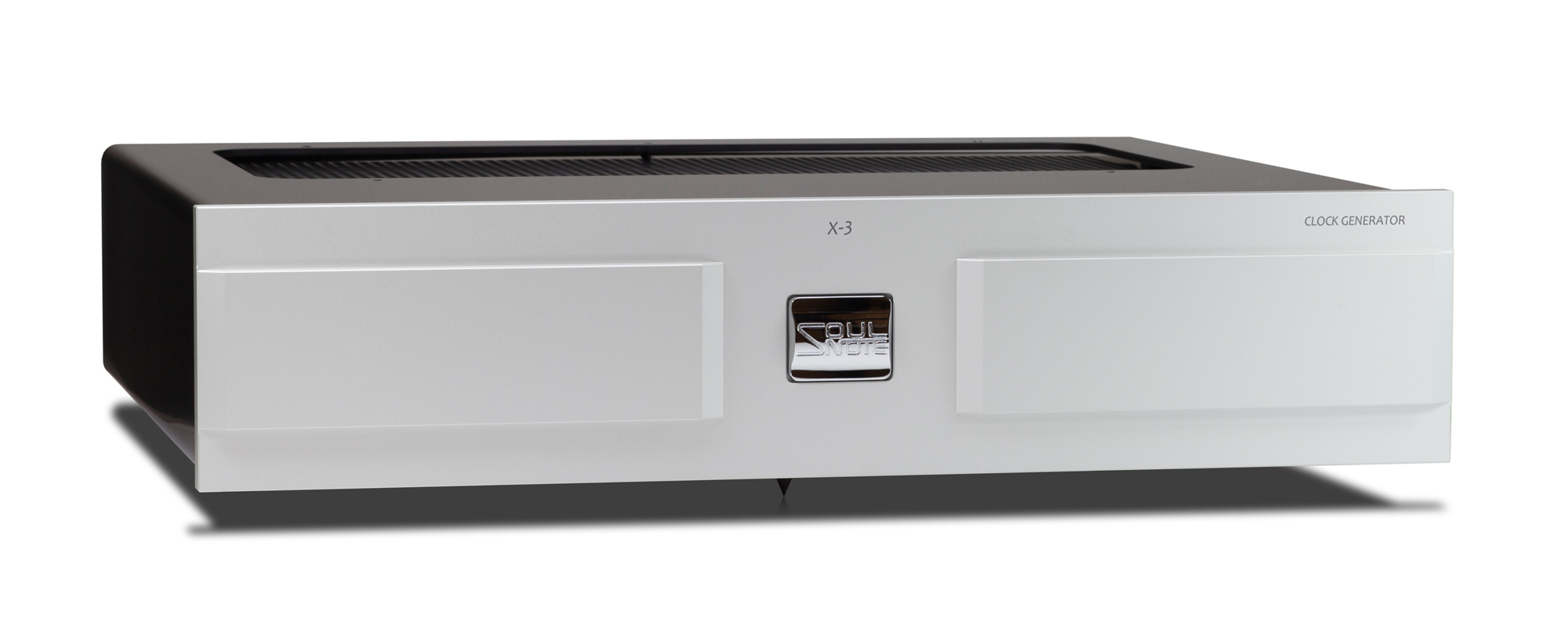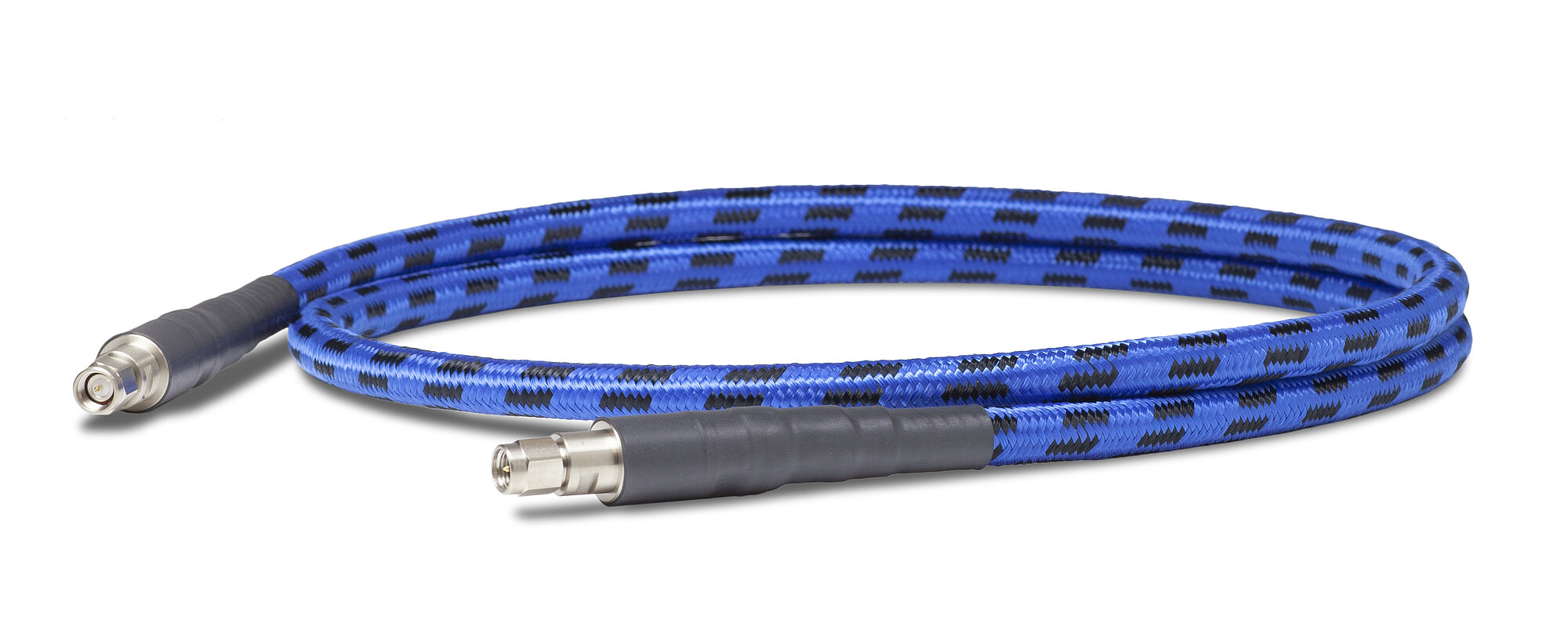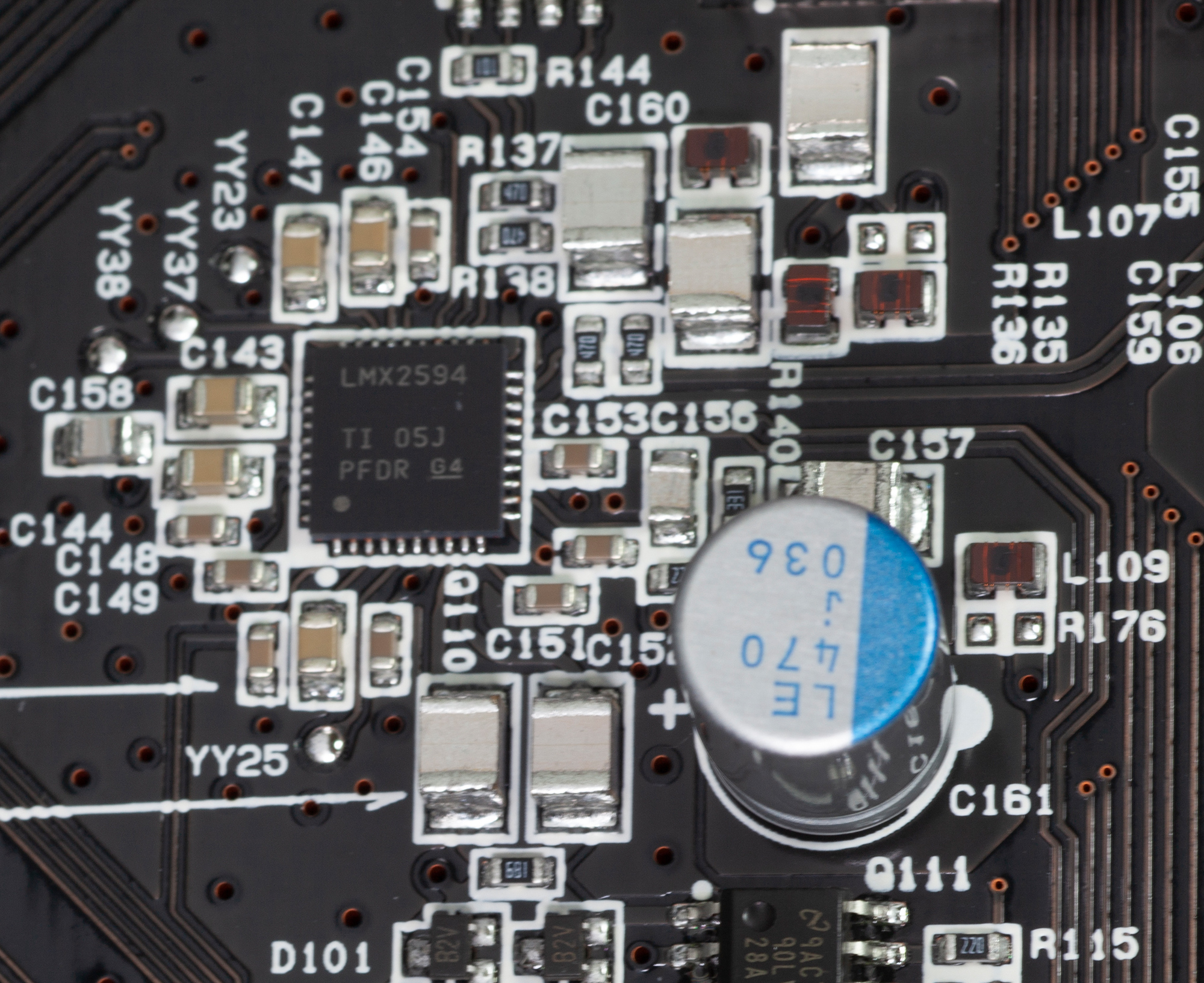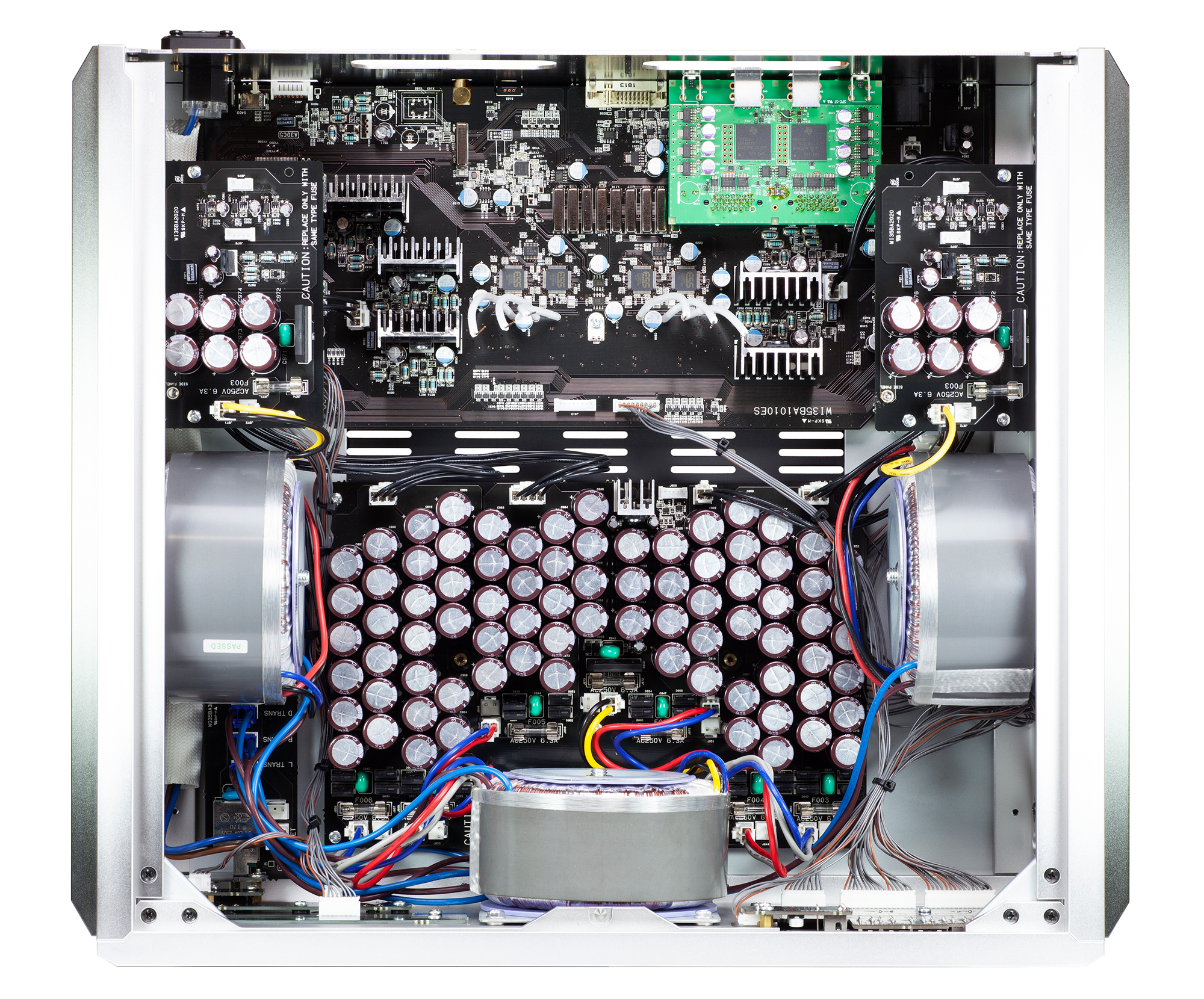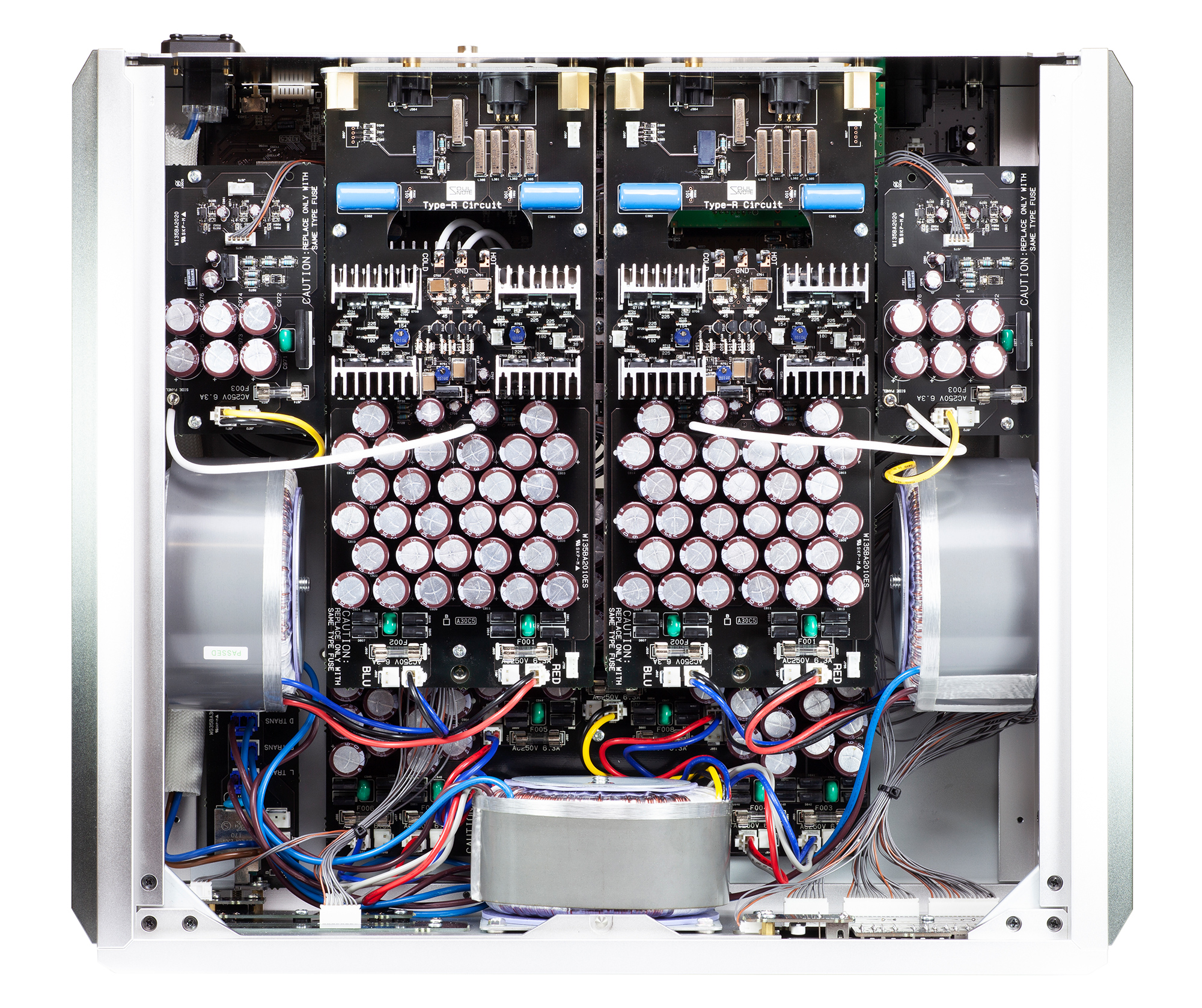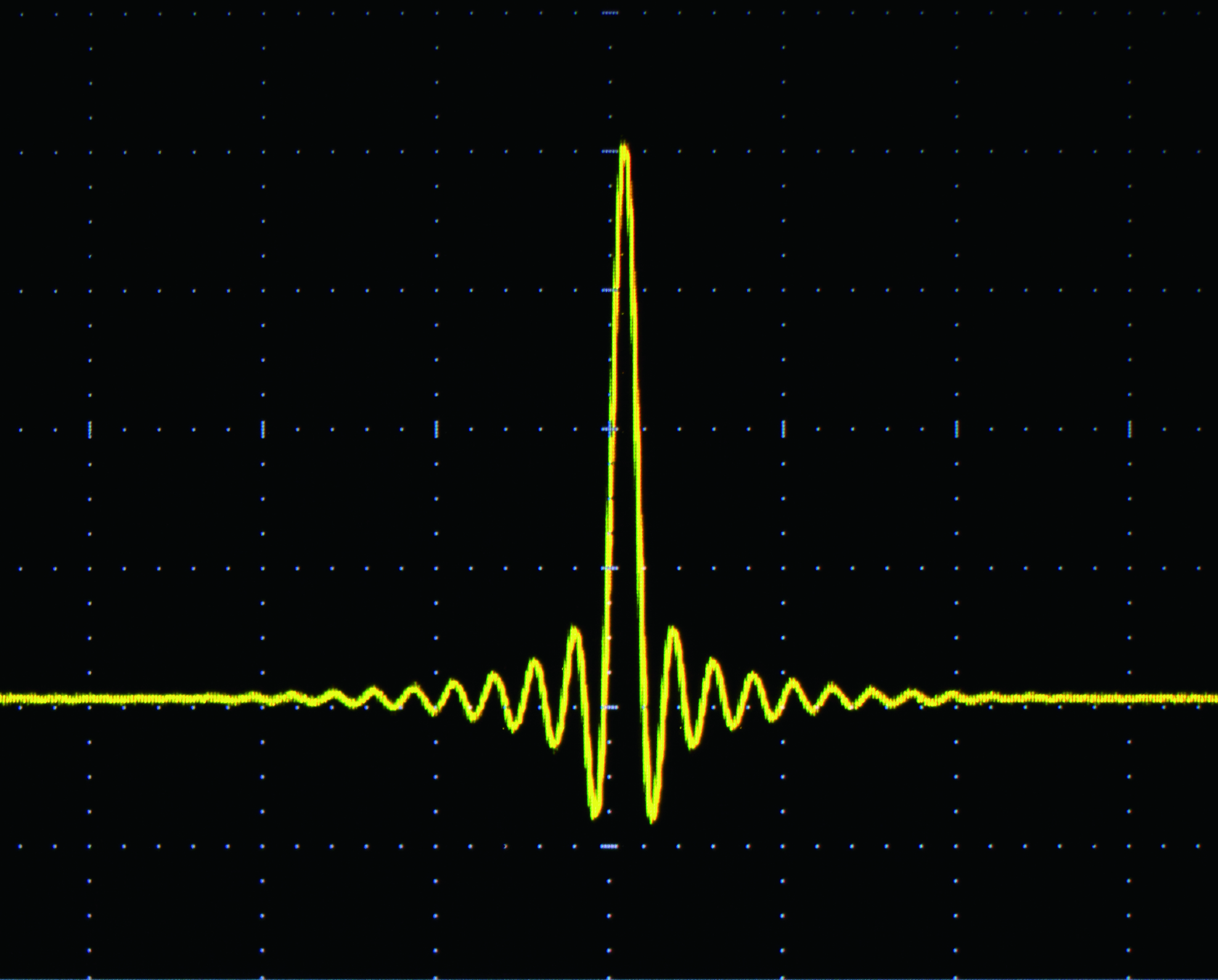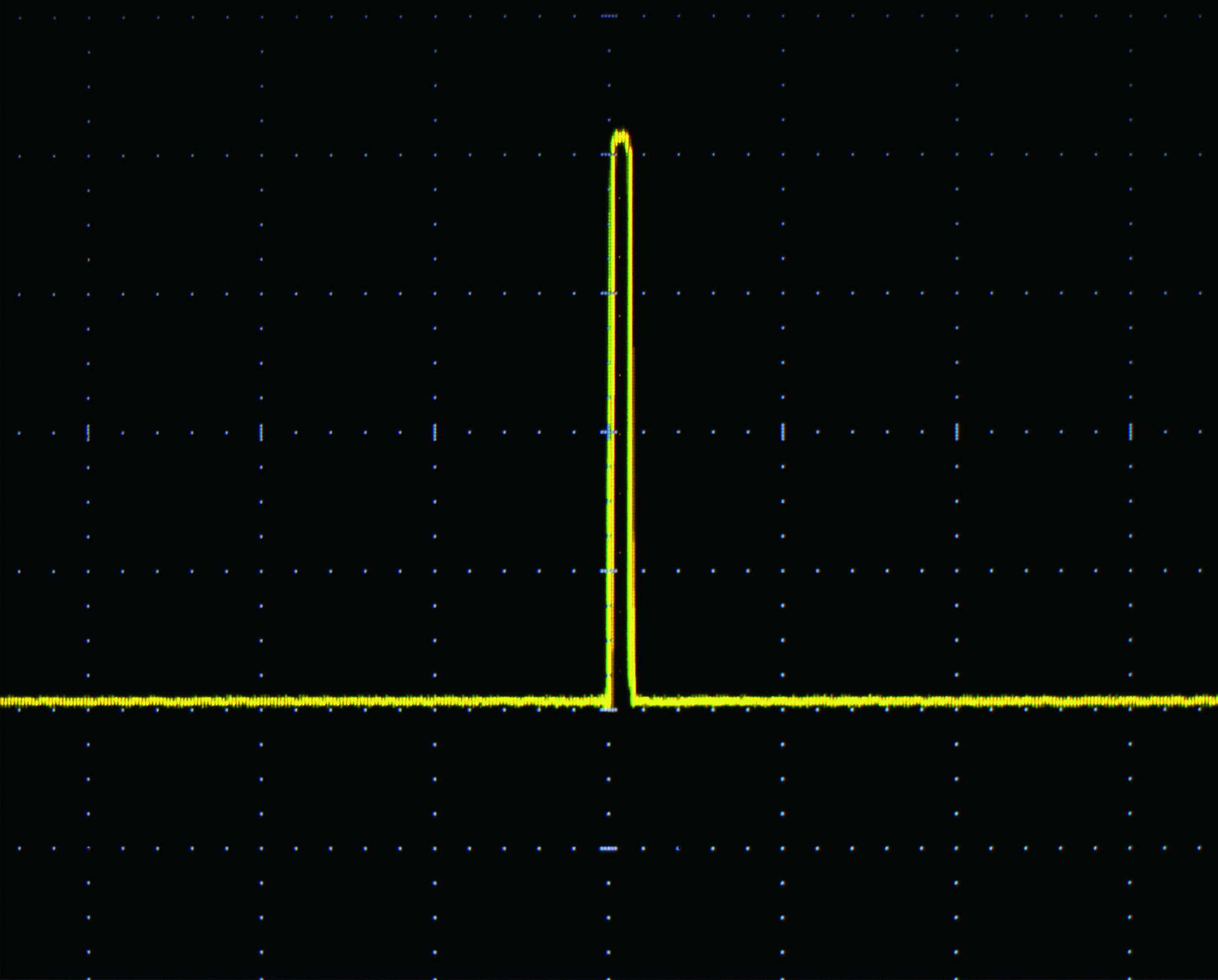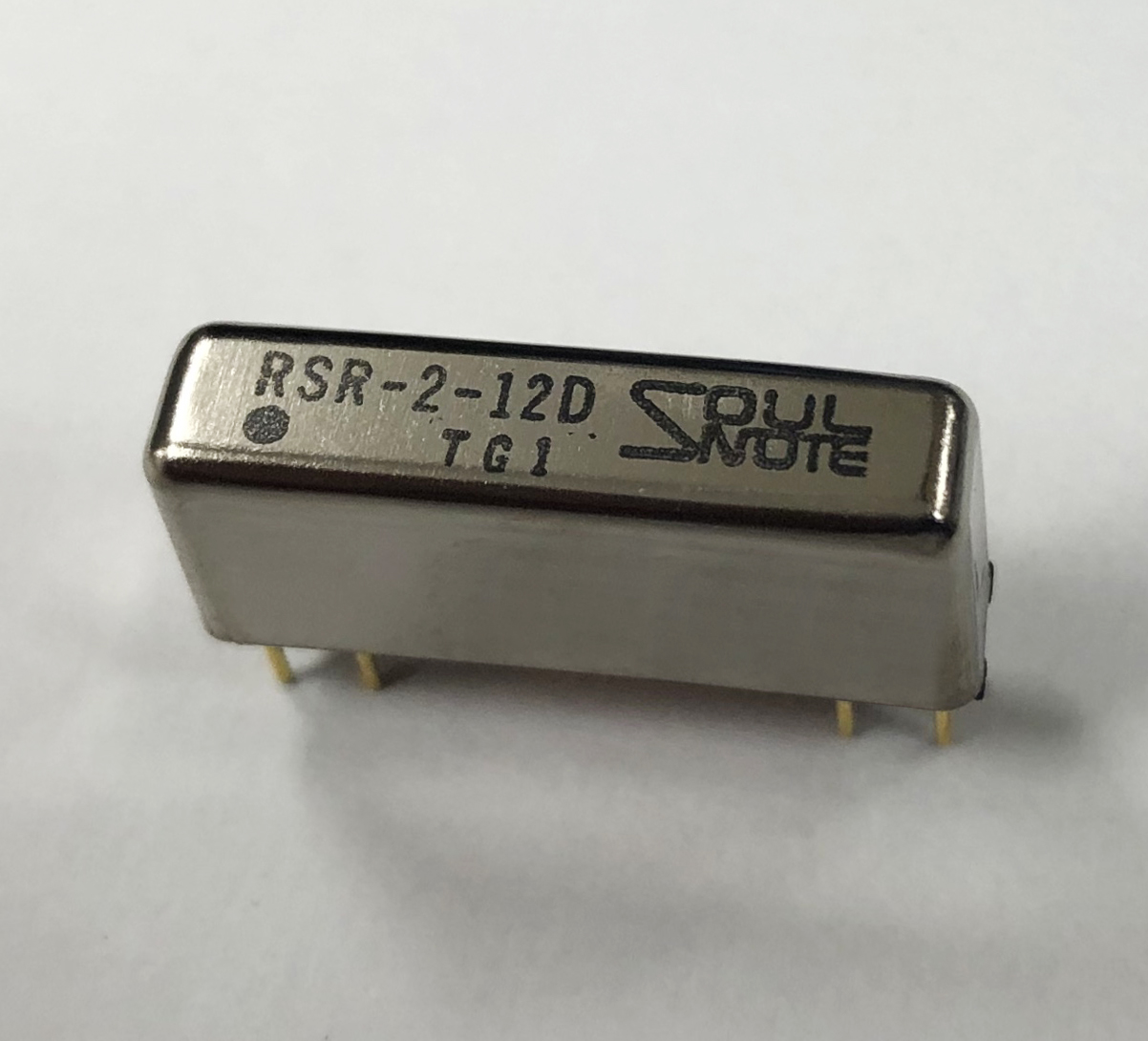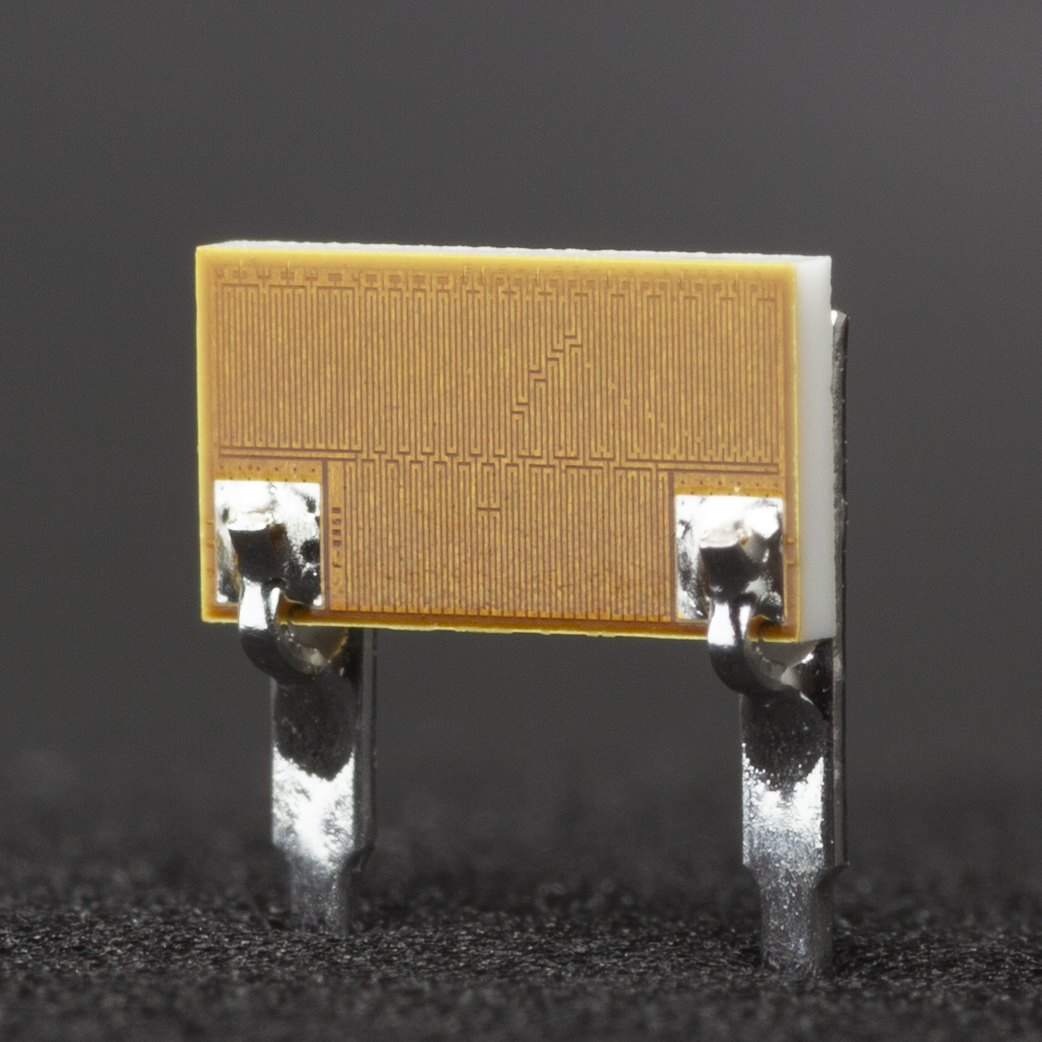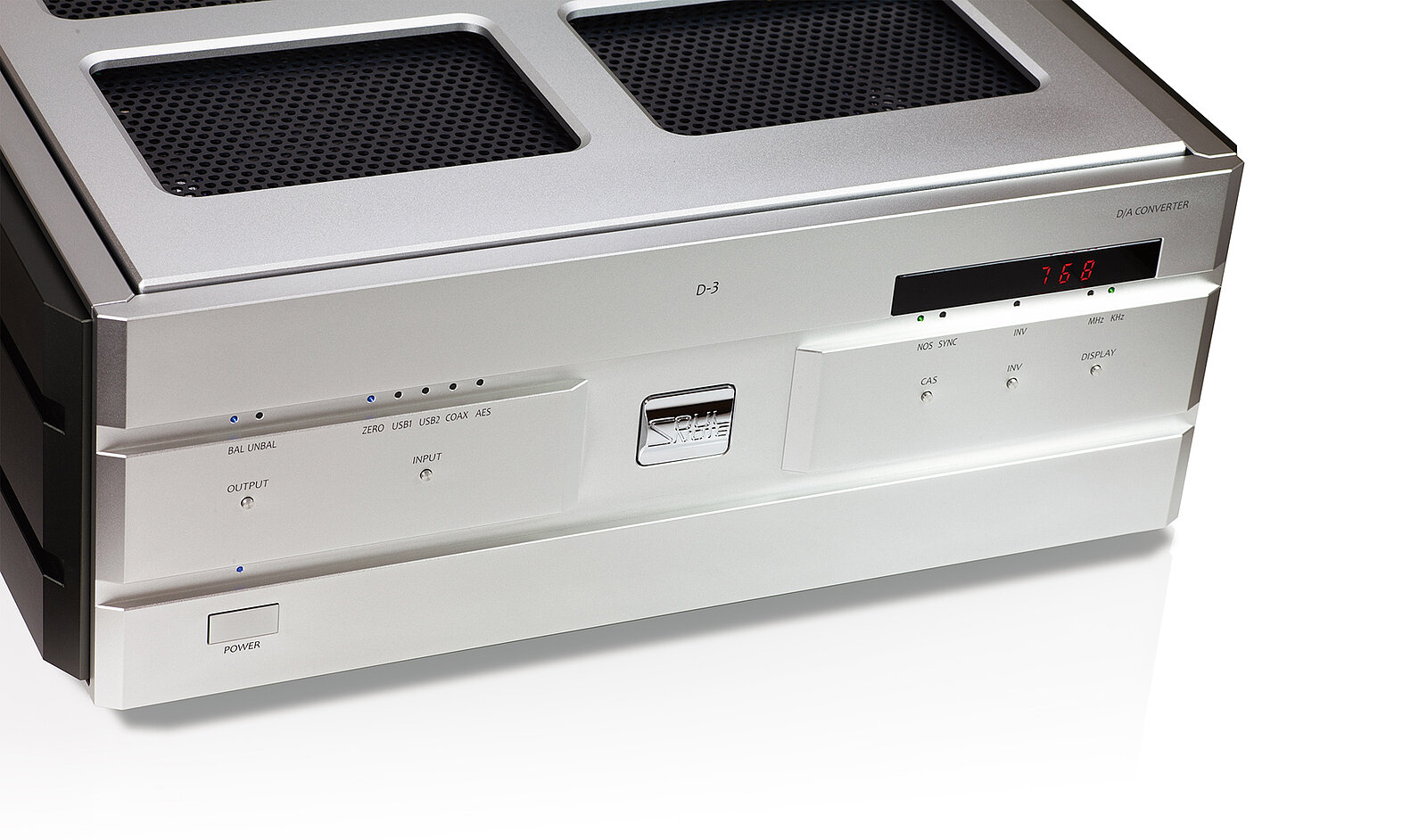
Details
Soulnote D-3
D/A CONVERTER – available in Premium Silver / Premium BlackThe ultimate D/A converter with ZERO asynchronous circuits.
This unit will not operate unless connected to a 10 MHz external clock generator like the X-3. The X-3 is sold separately.
TECHNOLOGY
ZERO LINK
Connecting a network transport equipped with ZERO LINK creates a network system that is completely synchronized with the DAC clock, achieving dramatic improvements in sound quality by eliminating asynchronous circuits. The input from the ZERO LINK terminals passes through a selector consisting of a mechanical relay that does not add jitter and connects directly to the DAC chip using a layout unique to ZERO LINK.A dual monaural analog section
Type-R circuits are used inside the non-NFB balance amplifier
Utilizes four ES9038PRO circuits
Each channel in the DAC chip uses two ES9038PRO chips, for a total of four in the unit. Each channel's incomparably powerful 120 mA current output is an essential element of the discrete non-NFB DAC. One current voltage conversion resistor uses naked foil resistors to convert current output into voltage directly before the first stage of the Type-R Circuit.
Dedicated external clock generator design
Since the clock significantly impacts D/A converter sound quality, we discovered that we can obtain better sound quality by quietly operating the clock in a separate housing unit with a separate power supply instead of housing it inside the unit. So we have stopped using internal clocks and now provide dedicated external clock generator equipment. The X-3 is the most suitable external clock generator for pure sound quality. We highly recommend the RCC-1 clock cable.
Femtosecond order DDS
With its extremely low jitter of 45 femtoseconds, the DDS LMX2594 gives rise to a high-quality master clock that aligns sampling frequencies from the 10 MHz clock input. As a result, it can drive the ES9038PRO in Non-DPLL mode (128 femtoseconds), i.e. the best sound quality mode. By generating a master clock that matches each track's sampling frequency transmitted from the transport during ZERO LINK, this achieves perfect synchronization with the transport without any use of PLLs or sampling rate converters.
Independent left-right grounding for power transformers
The power transformer is divided into three independent transformers – digital, analog right, and analog left – with each section mounted independently on the side of an aluminum base that convey any transformer vibrations from each base to a grounding spike. Each of the three transformers is mounted vertically in parallel with the circuit board to prevent possible noise interference in the circuits caused by leakage flux. A vital component of sound quality, the transformer base's sandwich structure features an aluminium side floated at three points by titanium spacers and employs optimum materials, structure, and shape to eliminate resonance and avoid dumps. The 152 low-magnification electrolytic capacitors in the rectifier capacitor and 52 ultra high-speed SiC diodes in the rectifier diode demonstrate our unwavering dedication to sound quality. They constitute the core of this massive power supply.
NOS mode utilization
The D-3 uses the highly acclaimed NOS (Non oversampling) mode. This mode does not generate the pre- and post-echoes observed in FIR oversampling. * Non oversampling mode cannot be used with DSD.
Impulse output waveform with an FIR oversampling filter
Pre- and post-echoes are artificial "sounds" created by data calculations before and after the data is interpolated. They make waveforms like sine waves appear smoother, but calculation algorithms can affect the sound quality or ambiguity and be added to the time-axis.
Impulse output waveform in Non oversampling mode
This waveform can only be achieved by combining a non-NFB discrete amplifier with superb transient response performance. Because music waveforms are actually a series of impulse waveforms of different heights, Non oversampling mode eliminates any ambiguity in the time axis information, creating a more realistic and natural sound quality and an expansive listening environment to the human ear, which is extremely sensitive to the time axis.
* Non oversampling mode cannot be used with DSD.
Impulse output waveform with an FIR oversampling filter
Pre- and post-echoes are artificial "sounds" created by data calculations before and after the data is interpolated. They make waveforms like sine waves appear smoother, but calculation algorithms can affect the sound quality or ambiguity and be added to the time-axis.
Impulse output waveform in Non oversampling mode
This waveform can only be achieved by combining a non-NFB discrete amplifier with superb transient response performance. Because music waveforms are actually a series of impulse waveforms of different heights, Non oversampling mode eliminates any ambiguity in the time axis information, creating a more realistic and natural sound quality and an expansive listening environment to the human ear, which is extremely sensitive to the time axis.
* Non oversampling mode cannot be used with DSD.
Ultra high-quality naked foil resistors
SPECIFICATIONS
| Supported sampling frequency | ZERO LINK, USB: Max. 768kHz (PCM) / Max. 22.6MHz (DSD) Coaxial, AES/EBU: Max. 192kHz (PCM) / Max. 2.8MHz (DSD64 DoP v1.1) |
| PCM quantization bit rate | ZERO LINK, USB: 16bit, 24bit, 32bit Coaxial, AES/EBU: 16bit, 24bit |
| Digital input | ZERO LINK, USB (Typ B) 2, coaxial (S/PDIF), AES/EBU |
| External clock input | 10MHz (SMA 50ohms) |
| Analog output | XLR x1, RCA x1 |
| Analog output level | XLR: 5,6Vrms RCA: 2,8Vrms |
| Frequency characteristic | 2Hz bis 120kHz (+0/-1dB) |
| S/N ratio | 110dB |
| Total harmonic distortion | 0,008% (NOS/176,4kHz) |
| Analog filter | Primary passive type |
| Power voltage | 230V AC 50Hz |
| Power consumption | 48W |
| Maximum external dimensions | Main unit: 454(W) × 174(H) × 407(D)mm |
| Weight | 28kg |
| Included accessories | Spike board, spikes, remote controller, power cable |
View more about Soulnote D-3 DAC D/A Converter MADE IN JAPAN on main site





